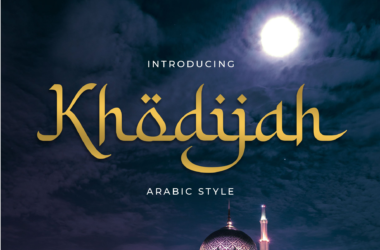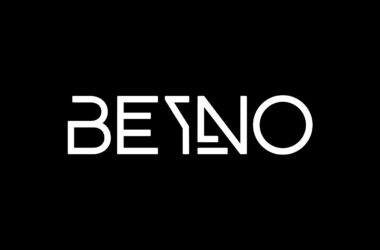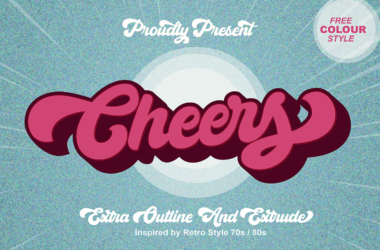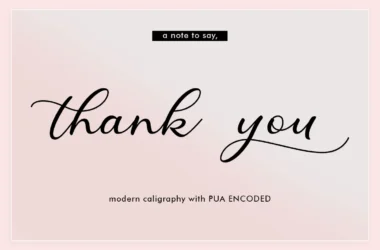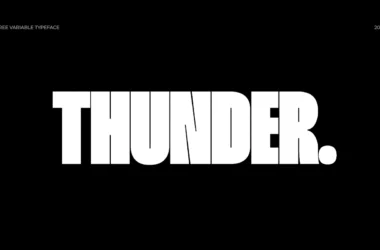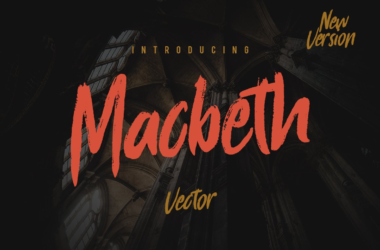Arabic Ramadan Font
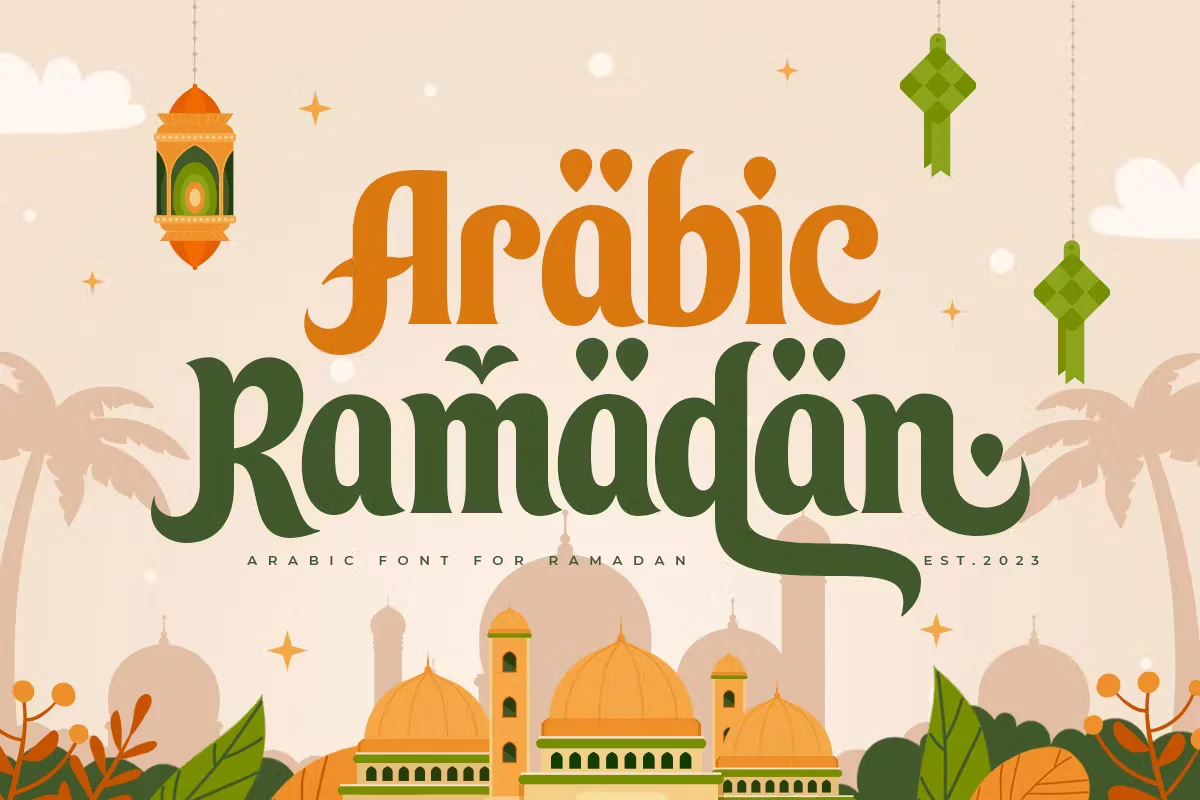
Arabic Ramadan Font refers to a collection of typefaces designed to reflect the cultural and spiritual significance of Ramadan, the holy month of fasting in Islam.
These fonts often incorporate traditional Islamic geometric patterns, calligraphy, and motifs symbolic of the month’s reverence, unity, and contemplation. Used in various digital and print media, they aim to evoke the festive spirit of Ramadan while respecting its cultural heritage.
You can find more free Arabic fonts here.
Uppercase, Lowercase & Symbols Font
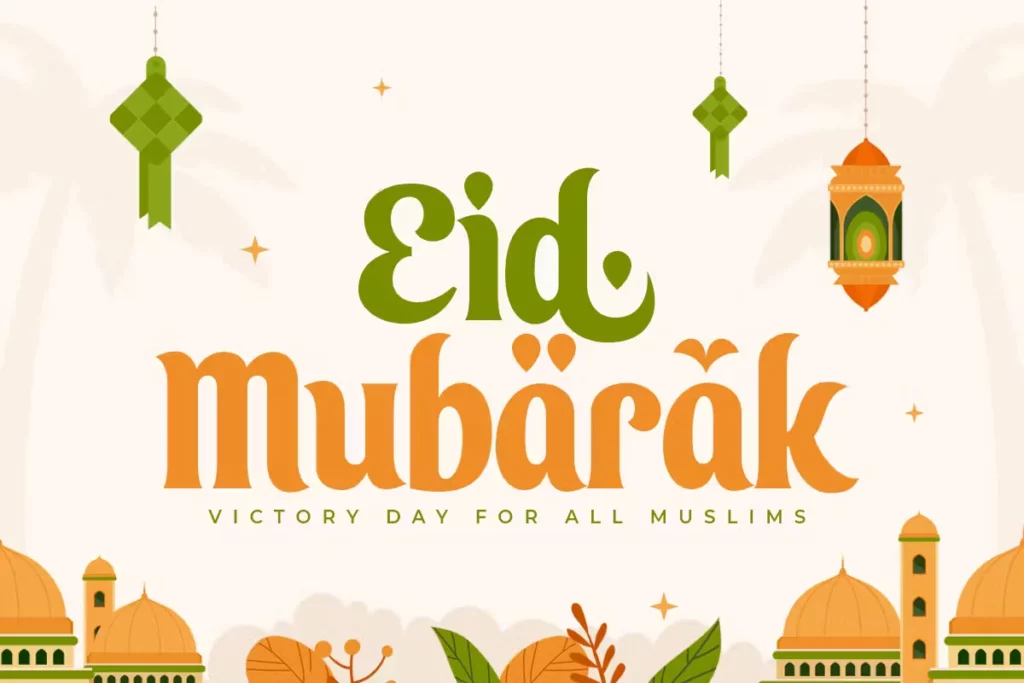
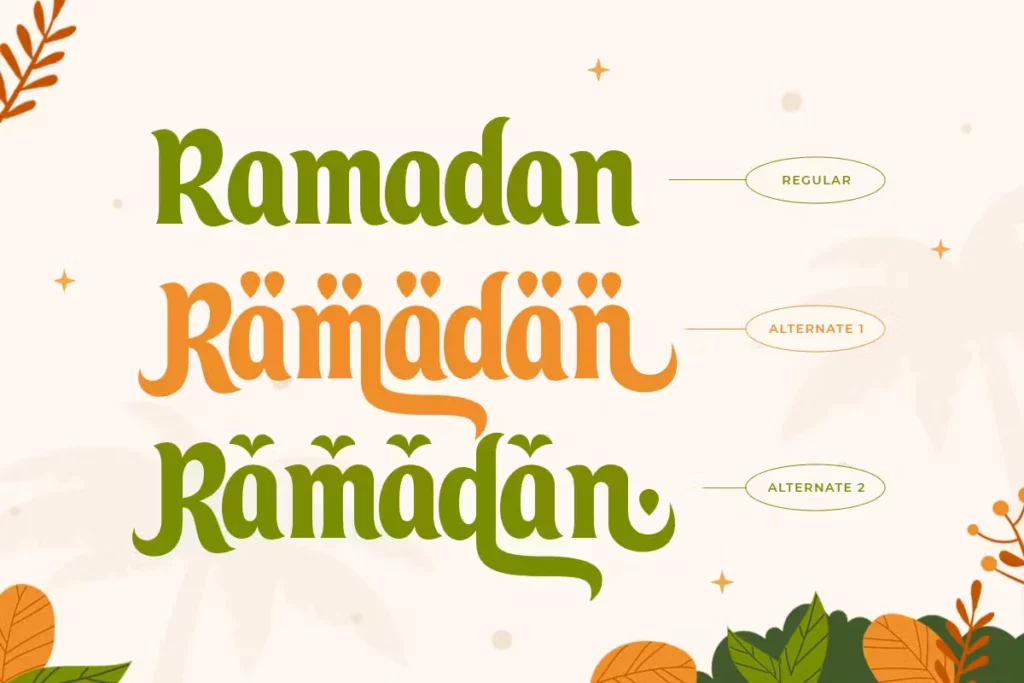

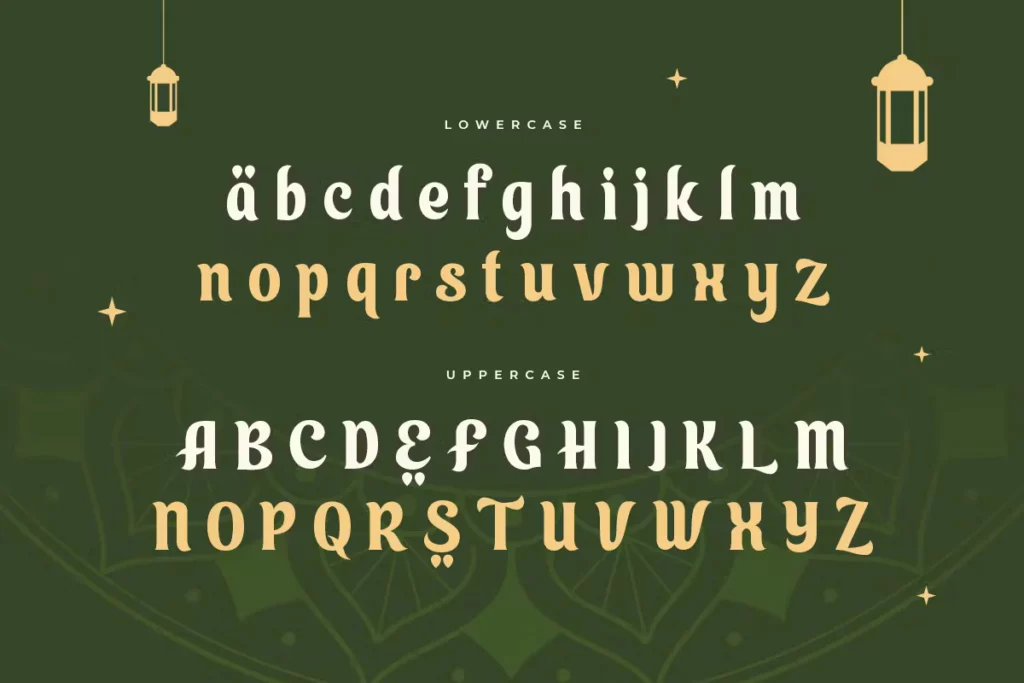
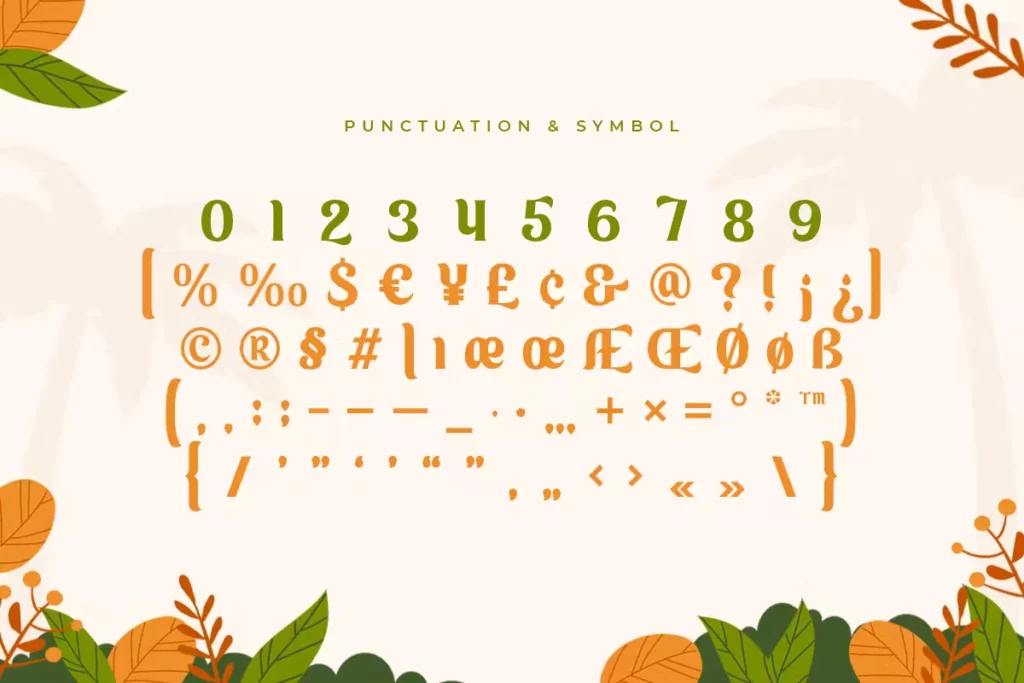
History of Arabic Ramadan Font
Arabic Ramadan font is not just a passing trend; it is a deep-rooted tradition that has been flourishing for centuries. The designs draw from the rich history of Islamic calligraphy, which has been a significant part of Islamic heritage and art since the inception of the religion. From the Kufic script to the Naskh and Thuluth styles, these traditional Arabic fonts have evolved to inspire contemporary designers, particularly during Ramadan.
The month of Ramadan often sees an upsurge of calligraphy in various forms across Islamic communities. The vibrant and ornate styles are not only a visual feast but also serve as a connection to the past, transcending time to link the current generation to its history. During this time, traditional Arabic has played a role in reiterating spiritual messages, and as such, it is not a font just for reading but for experiencing the soulful tale it carries.
Key Features of Arabic Ramadan Font
Key features of the Arabic Ramadan font are deeply intertwined with the cultural and spiritual significance of this holy month. Here are some notable characteristics:
- Intricate Calligraphy Styles: This font often employs intricate calligraphy, drawing on the long history of Islamic art. This includes using styles like Kufic, Naskh, and Thuluth, which are renowned for their beauty and complexity.
- Complex Geometric Patterns: This font incorporates geometric patterns that symbolize the infinite nature of Allah in Islam. These patterns are not only aesthetically pleasing but also carry deep spiritual significance.
- Use of Ligatures: To mimic traditional calligraphy as closely as possible, these fonts frequently use ligatures, special characters that combine two or more letters into a single form, helping to maintain the fluidity and elegance of handwritten script.
- Ornamentation and Embellishments: This font is characterized by its extensive use of ornamentation and embellishments. Floral motifs and decorative lines add a layer of richness to the text, mirroring the celebratory spirit of Ramadan.
- Versatility: Despite their ornate nature, these fonts are designed to be versatile and usable in a wide range of contexts from digital media to print, including greeting cards, event banners, and social media posts.
- Cultural Representation: Beyond their aesthetic appeal, these fonts serve as a cultural bridge, encapsulating the essence of Ramadan and representing Islamic culture and heritage to a global audience.
Tips for Using Arabic Ramadan Font
If you’re gearing up to utilize an Arabic Ramadan font in your designs, here are some practical tips to guide you through the process:
1. Understand the Script
Before you start incorporating a font, take the time to understand the script. Each letter connects uniquely, and there are rules for initial, intermediate, and final letter shapes. This understanding will help you use the font more authentically and respectfully.
2. Use the Font Thoughtfully
Arabic Ramadan font should be used thoughtfully and sparingly. Use them to highlight key elements in the design or to convey a specific message relevant to Ramadan. Overusing the font may dilute its meaningful impact.
3. Consider Context
Be mindful of the context in which the font will be used. Different designs call for different levels of formality, and the font should be chosen to fit the tone of the communication. Context can also dictate the size, color, and placement of the font.
4. Pairing with Other Fonts
Arabic fonts can be beautifully paired with other typefaces, including Latin ones, as long as there is a harmonious balance. Consider using a more neutral, legible font for the main content, with the Arabic Ramadan font for headings and accents to create a visually appealing contrast.
5. Pay Attention to Direction
Arabic script is written from right to left, which can affect the design layout. Ensure that the text direction is appropriate and that the overall design works well with this right-to-left flow.
This font is free for personal use; click here for commercial use.

